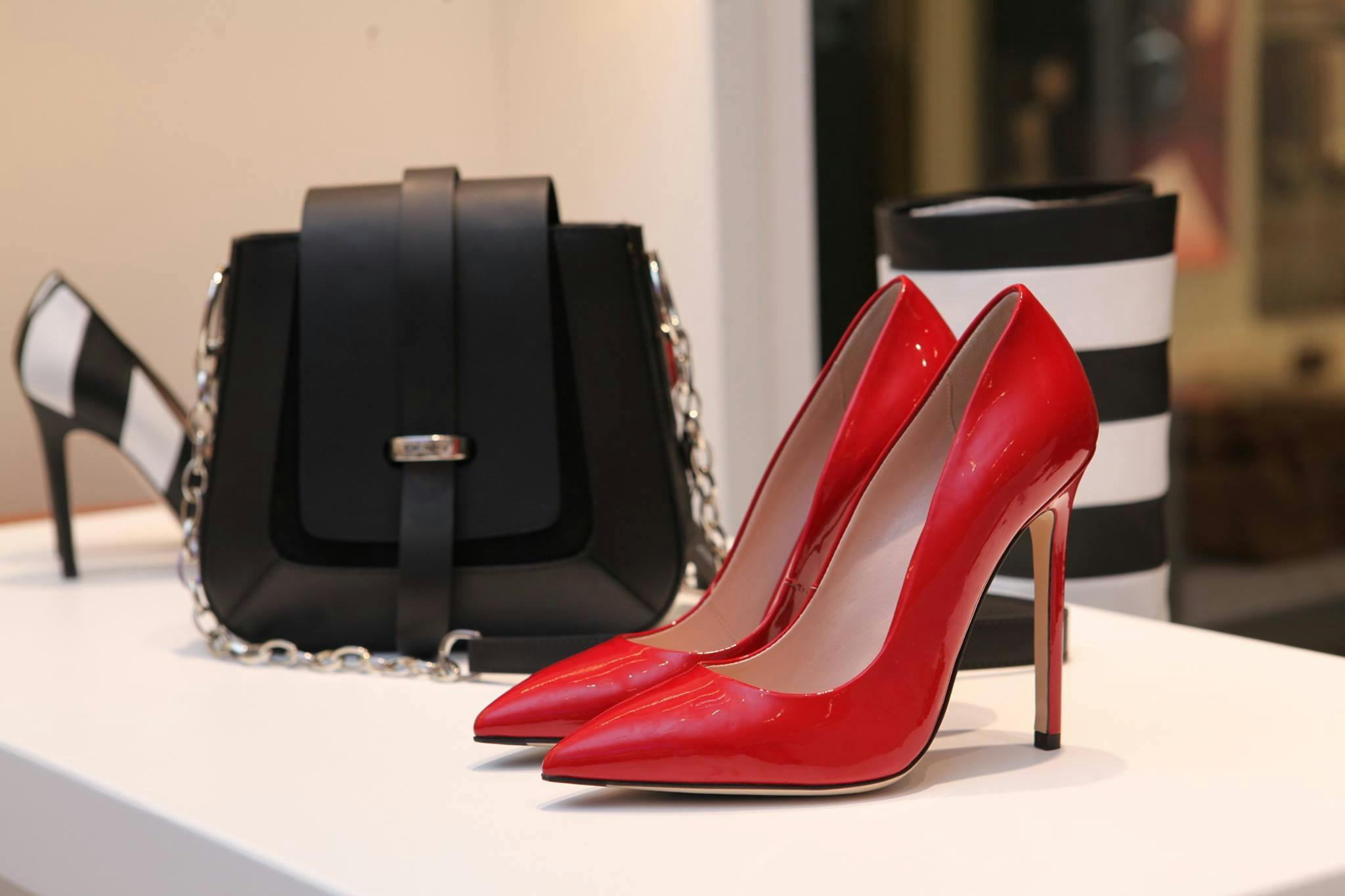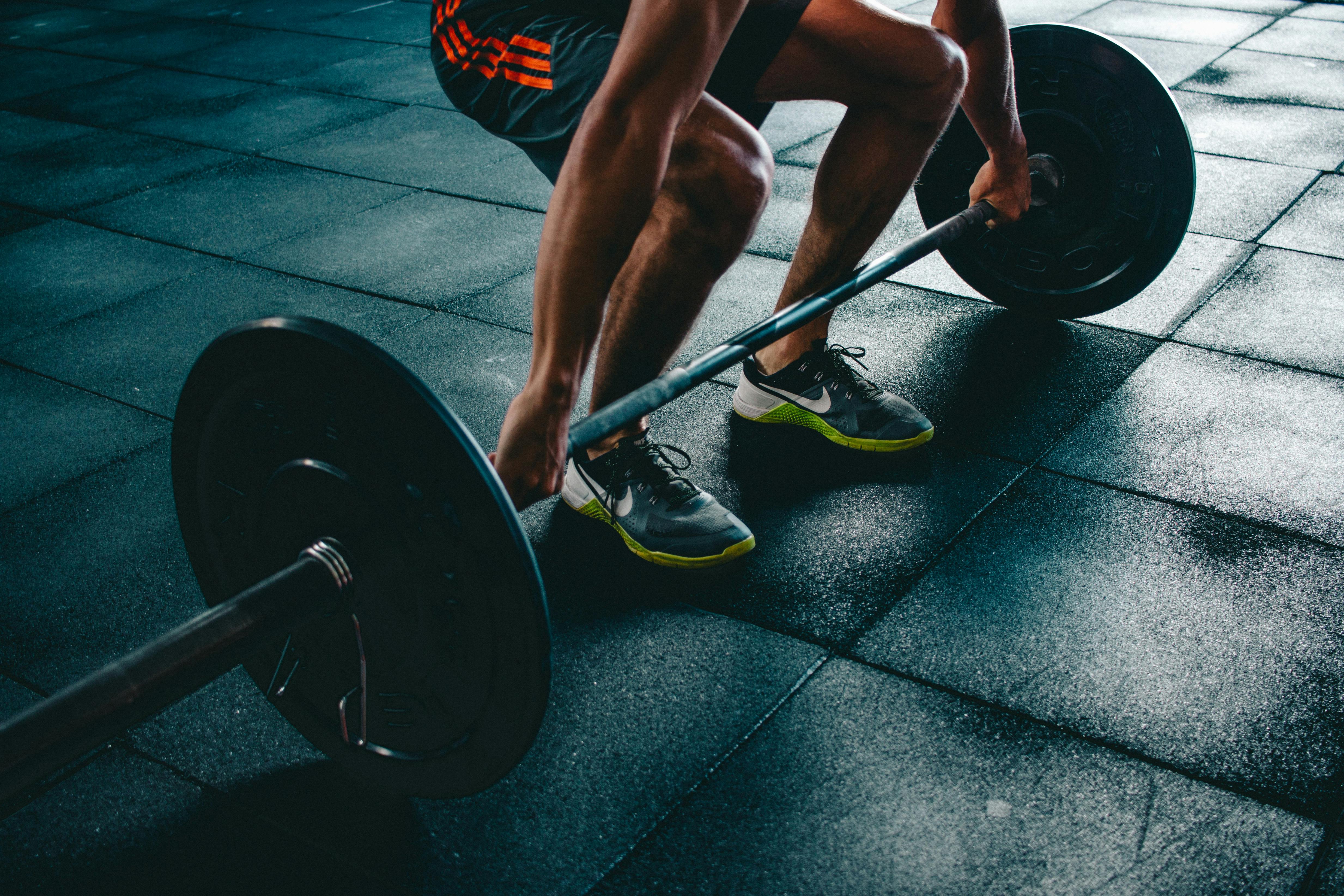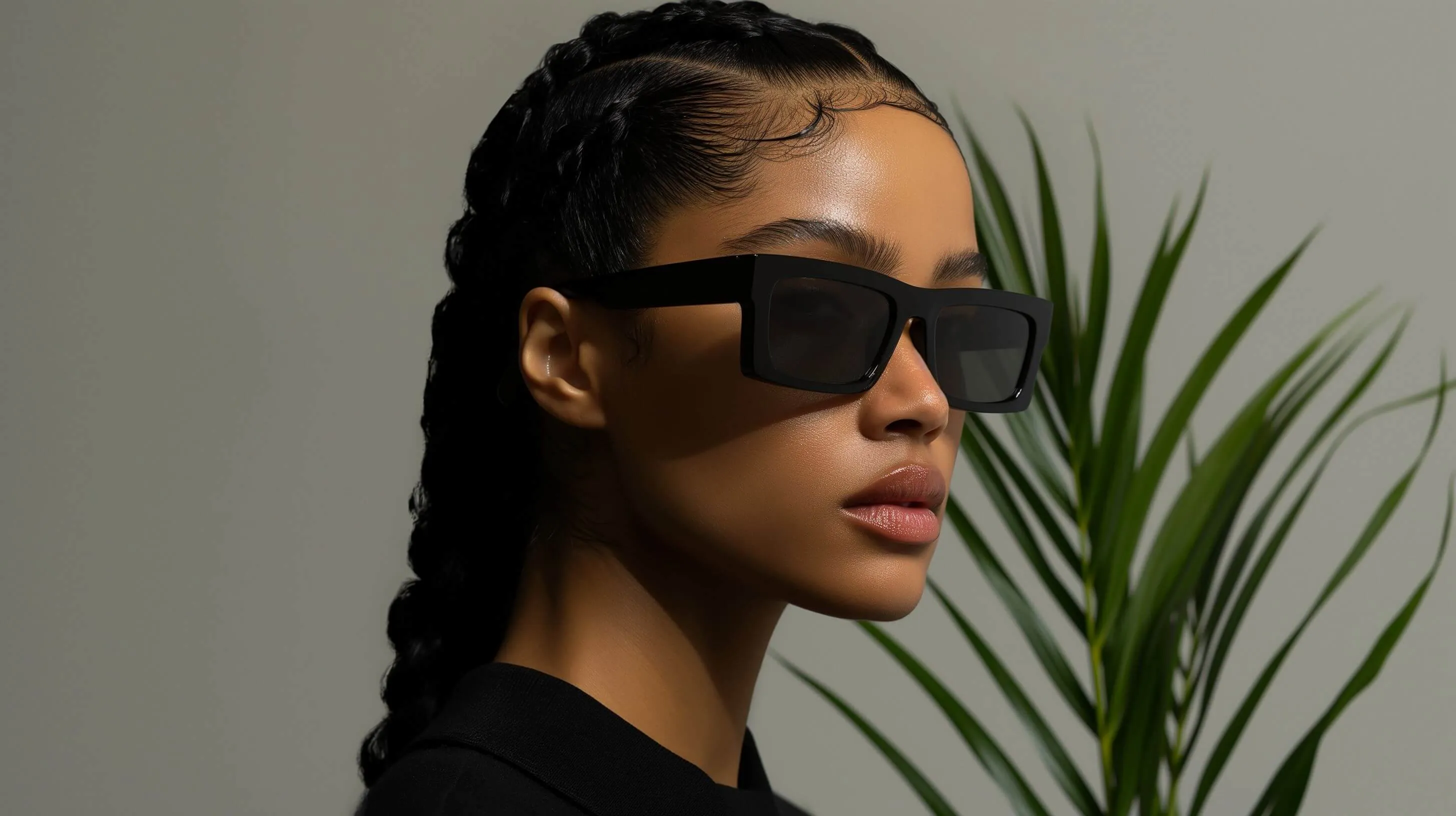So last month I scored a vintage Prada bag for $200.
Two hundred dollars.
I'm still not over it.
Look, I know what you're thinking - designer thrifting sounds like one of those things that only works for people with unlimited time and insider connections. But here's my truth: I've been doing this for three years now, and honestly? It's become my favorite way to shop.
No fancy tricks. Just patience and knowing where to look.
Why I Started Thrifting Designer Stuff
Okay, confession time. I used to think buying designer pieces was completely out of reach for me. Like, those bags cost more than my rent. But then I realized something - the resale market is absolutely massive right now, and there are SO many authentic designer pieces just sitting there waiting.
Plus, let's be real. Fast fashion isn't it anymore. I did this whole deep dive into ultra-fast fashion last year and it honestly changed how I shop. Now I'd rather have one incredible vintage Chanel piece than ten trendy things that'll fall apart in three months.
Sustainability aside, the thrill of the hunt? Unmatched.
The Best Platforms (From Someone Who's Tried Them All)
I've literally spent hundreds of hours on these sites. Here's what actually works.
The Real Real
This is where I found that Prada bag. Their authentication process is legit - they have actual experts checking every single item. The interface is super easy to use, and you can filter by size, brand, condition, everything.
Downside? Popular items go FAST. Like, blink and it's gone fast.
Vestiaire Collective
More international selection, which I love. I've found some incredible European brands here that you just can't get in the US. The authentication takes a bit longer since items ship to them first, but it's worth the wait.
Pro tip: their sale section is where the magic happens.
Rebag
If you're specifically hunting for bags, this is your spot. They have this thing called the Clair AI that gives you instant quotes if you want to sell, and their buying process is super smooth. Prices are a bit higher than other platforms, but the selection is chef's kiss.
Poshmark
Okay, this one requires more work. You're buying directly from sellers, so authentication isn't automatic (though they do offer it for items over $500). But the deals? Insane. I've negotiated some incredible prices here.
Just be prepared to do your homework on authentication.
How to Actually Find the Good Stuff
Here's what I've learned after way too many late-night scrolling sessions.
Set Up Alerts
Most platforms let you create saved searches with email notifications. I have alerts set for specific brands in my size, and I check them every morning with my coffee. Sounds intense, but it takes like two minutes and I've scored some of my best finds this way.
Shop Off-Season
Everyone wants a designer coat in October. Nobody's thinking about it in March. That's when you buy. Same with summer dresses in winter, boots in spring, you get it.
Know Your Measurements
This is crucial. Designer sizing is all over the place - a size 4 in one brand is a size 8 in another. I keep my exact measurements in my phone notes and check every single listing against them.
Trust me, returns are a pain.
Check Multiple Times a Day
New items drop constantly. I usually check morning, lunch, and evening. The really good deals don't last more than a few hours, sometimes minutes.
Is it a bit obsessive? Maybe. But have you seen my closet?
Authentication 101
This part stressed me out SO much at first. But honestly, once you know what to look for, it gets easier.
What to Check
Hardware should feel heavy and substantial. Stitching should be perfect - no loose threads, uneven lines, or weird spacing. The logo should be crisp and centered. Materials should feel luxurious, not plasticky.
For bags specifically, check the serial number. Every designer has their own system, and you can usually google "[brand name] serial number guide" to verify.
When in Doubt
There are authentication services you can pay for. Authenticate First and Entrupy are the big ones. They're worth it for expensive purchases - we're talking like $50-100 to authenticate, which is nothing compared to accidentally buying a fake $2000 bag.
Red Flags
If the price seems absolutely insane (like, too good to be true), it probably is. If the seller has no reviews or sketchy reviews, skip it. If photos are blurry or don't show details, ask for more or move on.
Your gut is usually right.
My Actual Strategy
Okay, so here's exactly what I do. Every Sunday, I sit down with coffee and go through my saved searches on all platforms. I compare prices across sites - sometimes the same item is $300 cheaper on one platform.
I keep a spreadsheet. Yes, really. Brand, item, retail price, best resale price I've seen, my max budget. Sounds nerdy but it keeps me from impulse buying and helps me spot actual deals.
When I find something I love, I sleep on it. If I'm still thinking about it the next day, I buy it. This has saved me from SO many regret purchases.
The Money Talk
Let's get real about budgeting. Designer thrifting is still expensive - we're not talking high street fashion under $50 here. But it's way more accessible than retail.
I set aside $200-300 a month for this. Some months I don't buy anything, some months I splurge on one amazing piece. The key is patience - the right item at the right price will come along.
And honestly? One incredible designer piece you'll wear forever is worth more than a bunch of trendy stuff that'll be dated next season.
What's Actually Worth Buying
Not everything designer is worth the resale price. Here's what holds value and what doesn't.
Always Worth It
Classic bags - Chanel flap, Hermès anything, Louis Vuitton neverfull. These actually appreciate sometimes. Designer denim that fits you perfectly. Statement coats and blazers. Iconic shoes like Louboutins or Manolos.
Basically, timeless pieces that won't look dated in five years.
Skip It
Trendy pieces that were huge for one season. Logo-heavy items (unless they're vintage and having a moment). Designer workout clothes - just why. Anything you wouldn't wear at least 30 times.
Also, damaged items unless you have a really good tailor and the price reflects the damage.
The Styling Part
Having designer pieces is cool, but styling them so they don't look costume-y? That's the real skill.
I mix my thrifted designer stuff with everything. That vintage Prada bag? I wear it with jeans and a t-shirt. My Chanel blazer? Thrown over leggings. The whole fashion editor uniform thing is real - it's about making fancy pieces feel effortless.
The best compliment I ever got was someone asking if my outfit was all Zara. Like yes, mission accomplished.
Common Mistakes I Made
Oh boy, where do I start.
I once bought a "Gucci" bag that was definitely fake. Learned that lesson the hard way. I've bought things in the wrong size because I didn't check measurements. I've impulse purchased trendy pieces that I wore once.
The biggest mistake? Buying something just because it's designer, not because I actually love it. Your closet should make you happy, not stressed about wasted money.
Building Your Collection
Start with one category. For me, it was bags. I focused on finding one perfect everyday bag before moving to anything else. This kept me from getting overwhelmed and helped me learn authentication for one brand really well.
Think about your actual lifestyle. I work from home, so I don't need a million work bags. But I'm always going out for coffee and running errands, so crossbody bags are my thing.
Also, consider what you'll actually wear. I love the look of stilettos, but I live in a city where I walk everywhere. So I buy designer sneakers and loafers instead. Be honest with yourself.
The Authentication Deep Dive
Since this trips people up the most, let me break it down by brand.
Chanel
Check the quilting - it should be puffy and even. The CC logo should be crisp with the right C overlapping the left. Serial number stickers started in the 80s - before that, they're stamped. The chain should feel heavy.
Louis Vuitton
The monogram pattern should be symmetrical on both sides. The LV logo should be sharp, not blurry. Hardware is always brass, never painted. Date codes tell you when and where it was made - google the format to verify.
Hermès
The stitching is always perfect - like, literally flawless. The stamp should be crisp and clear. The leather smells like leather, not plastic. Hardware is always engraved. These are rarely faked well because the craftsmanship is so specific.
Gucci
The GG logo should be symmetrical. Serial numbers have specific formats depending on the year. The leather should feel buttery soft. The stitching is always even and tight.
Honestly though, when you're spending serious money, just pay for professional authentication. It's worth the peace of mind.
Negotiating Like a Pro
On platforms like Poshmark where you can make offers, I always negotiate. Always. The worst they can say is no.
I usually start at 20-30% below asking price. If the item has been listed for a while, I go lower. I'm polite but firm. And I don't get emotionally attached - if they won't budge and it's over my budget, I walk away.
There's always another bag.
Selling Your Stuff
Here's something nobody talks about - you can sell pieces you're done with and fund new purchases. I've basically created a rotating closet this way.
Take good photos. Write detailed descriptions. Price fairly - check what similar items have sold for, not just what they're listed at. Be honest about condition.
And be patient. The right buyer will come along.
The Sustainability Angle
Real talk - this is a huge part of why I do this. The fashion industry is kind of a disaster environmentally. Buying secondhand designer means I'm not contributing to new production, and these pieces are made to last decades.
Plus, there's something really cool about giving a beautiful piece a second life. That Prada bag I found? It's from 2008. It's been loved before me, and I'll love it and maybe sell it to someone else someday.
It feels good.
What Nobody Tells You
This takes time. Like, real time. You can't just decide you want a specific bag and find it tomorrow at your budget. Sometimes I've waited months for the right piece at the right price.
You'll make mistakes. I've definitely bought things I regret. It's part of the learning process.
It's kind of addictive. The thrill of finding something amazing never gets old. I have to actively stop myself from checking apps sometimes.
But also? It's incredibly rewarding. Every piece in my closet has a story. I remember finding each one, the excitement, the research. It makes getting dressed way more fun.
My Current Wishlist
I'm hunting for a vintage Hermès scarf right now. Also a Bottega Veneta pouch - the OG one, not the trendy version everyone had last year. And I'm always looking for good designer denim.
The hunt continues.
Should You Actually Do This?
Honestly? If you love fashion, enjoy the hunt, and want quality pieces that'll last, yes. If you need instant gratification or don't want to put in research time, maybe not.
It's not for everyone, and that's okay. But if you're curious, start small. Pick one platform, set a budget, and see what you find. You might surprise yourself.
Just maybe don't tell your bank account I sent you.
What designer piece are you hunting for? I'm genuinely curious - drop a comment because I love talking about this stuff. And if you've found any amazing thrift scores lately, I want to hear about them. We're all in this together, right?















Comments: